-
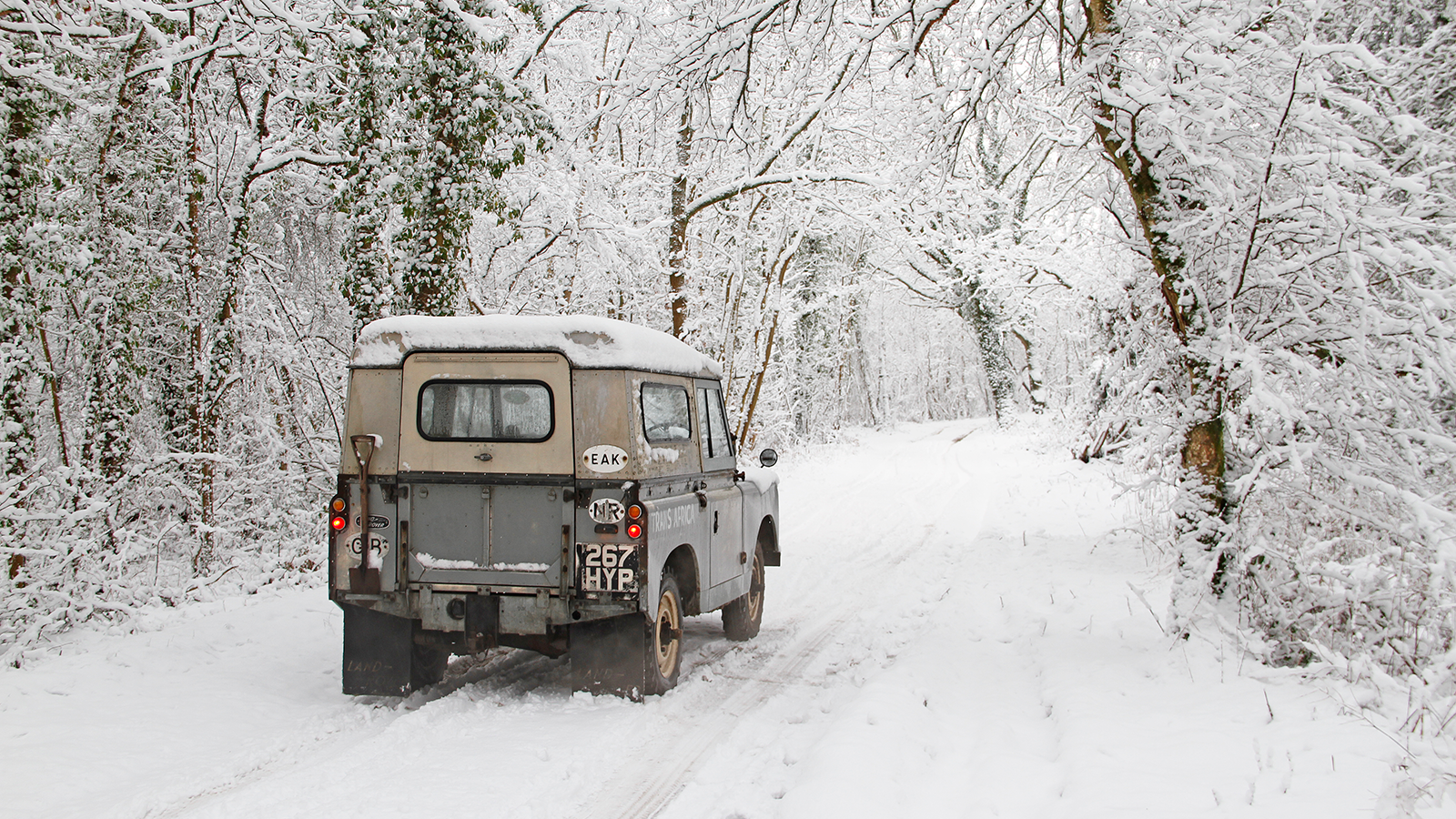 © Martin Port / Classic & Sports Car
© Martin Port / Classic & Sports Car -
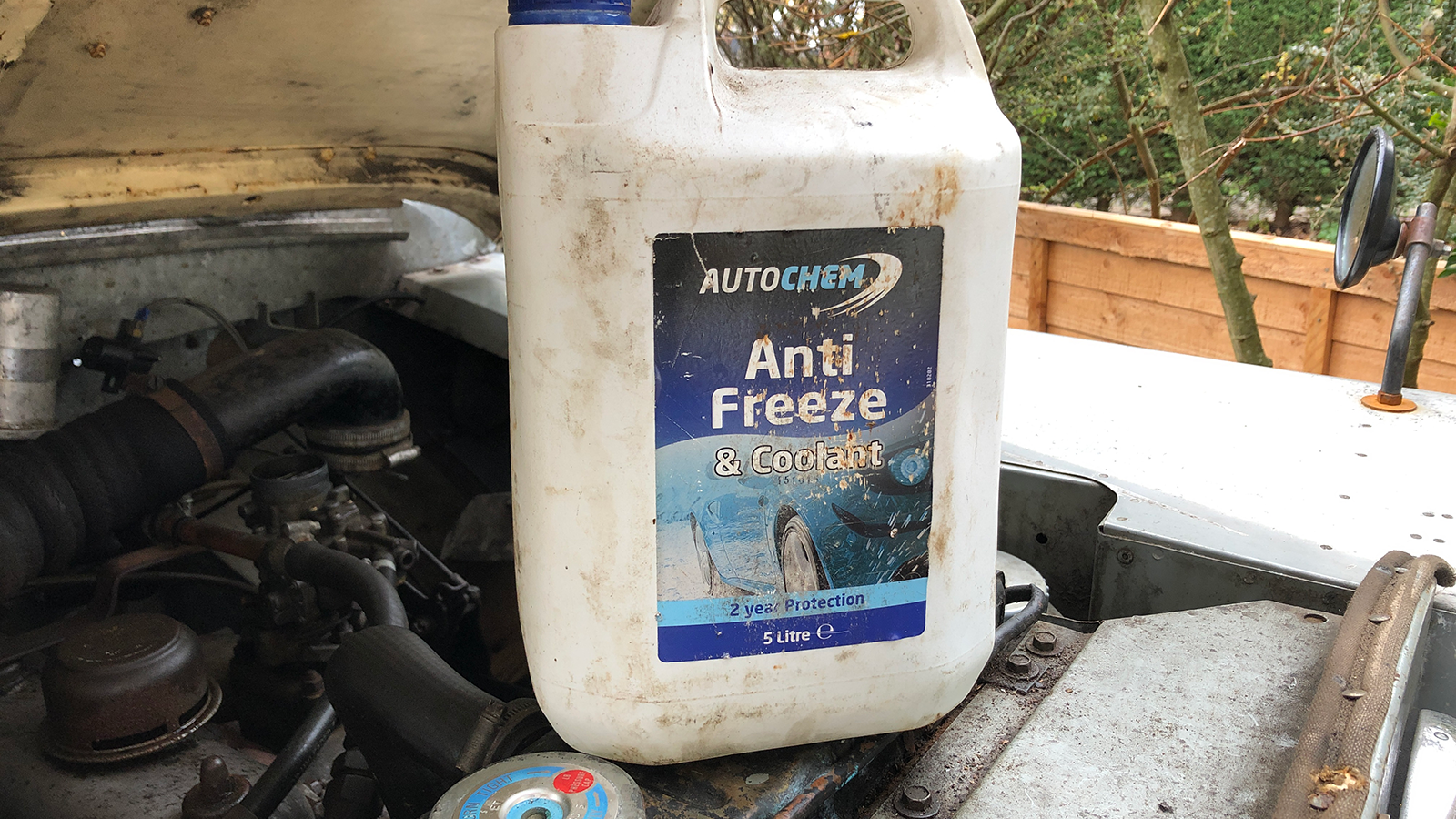 © Martin Port / Classic & Sports Car
© Martin Port / Classic & Sports Car -
 © Martin Port / Classic & Sports Car
© Martin Port / Classic & Sports Car -
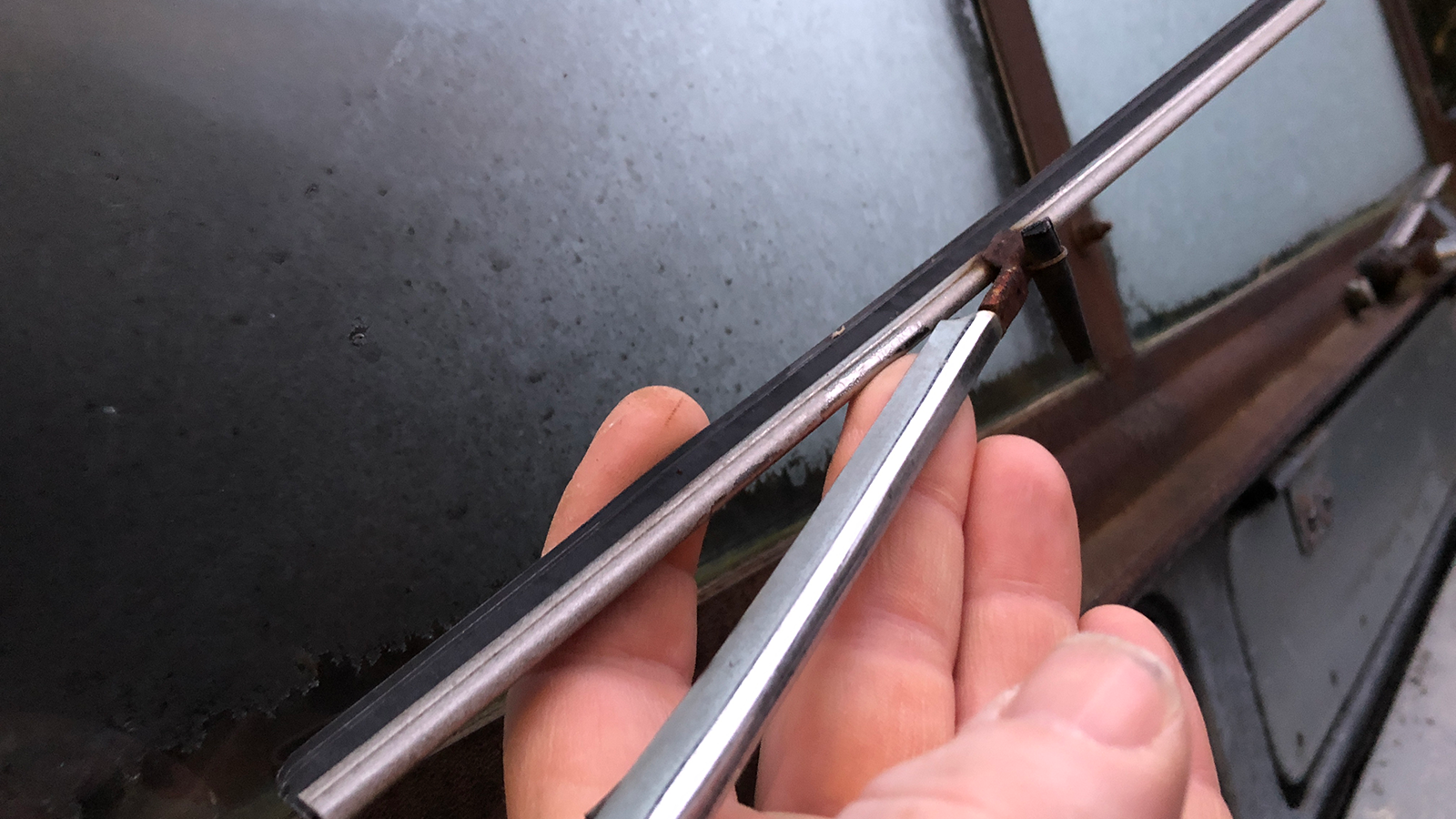 © Martin Port / Classic & Sports Car
© Martin Port / Classic & Sports Car -
 © Martin Port / Classic & Sports Car
© Martin Port / Classic & Sports Car -
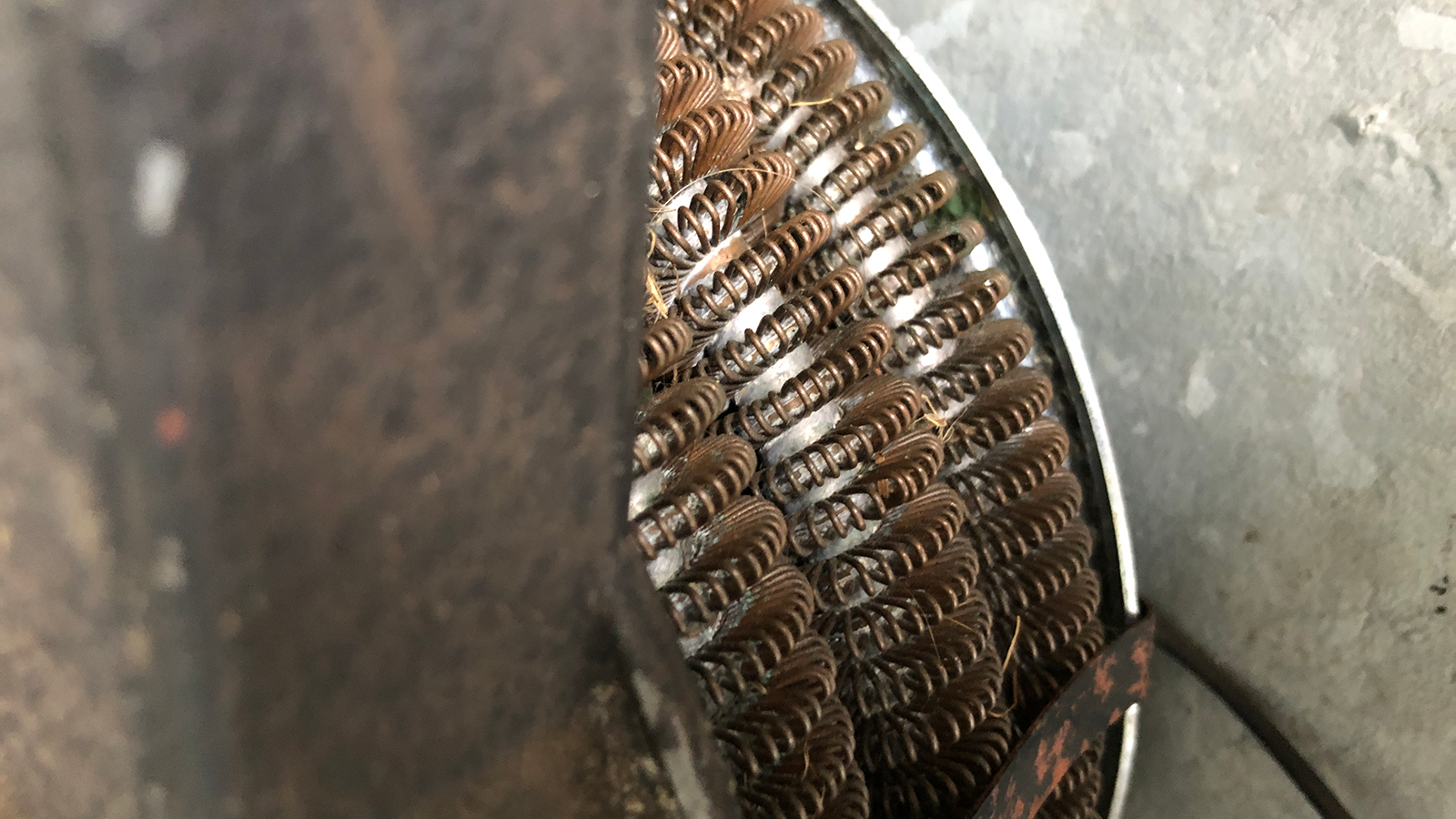 © Martin Port / Classic & Sports Car
© Martin Port / Classic & Sports Car -
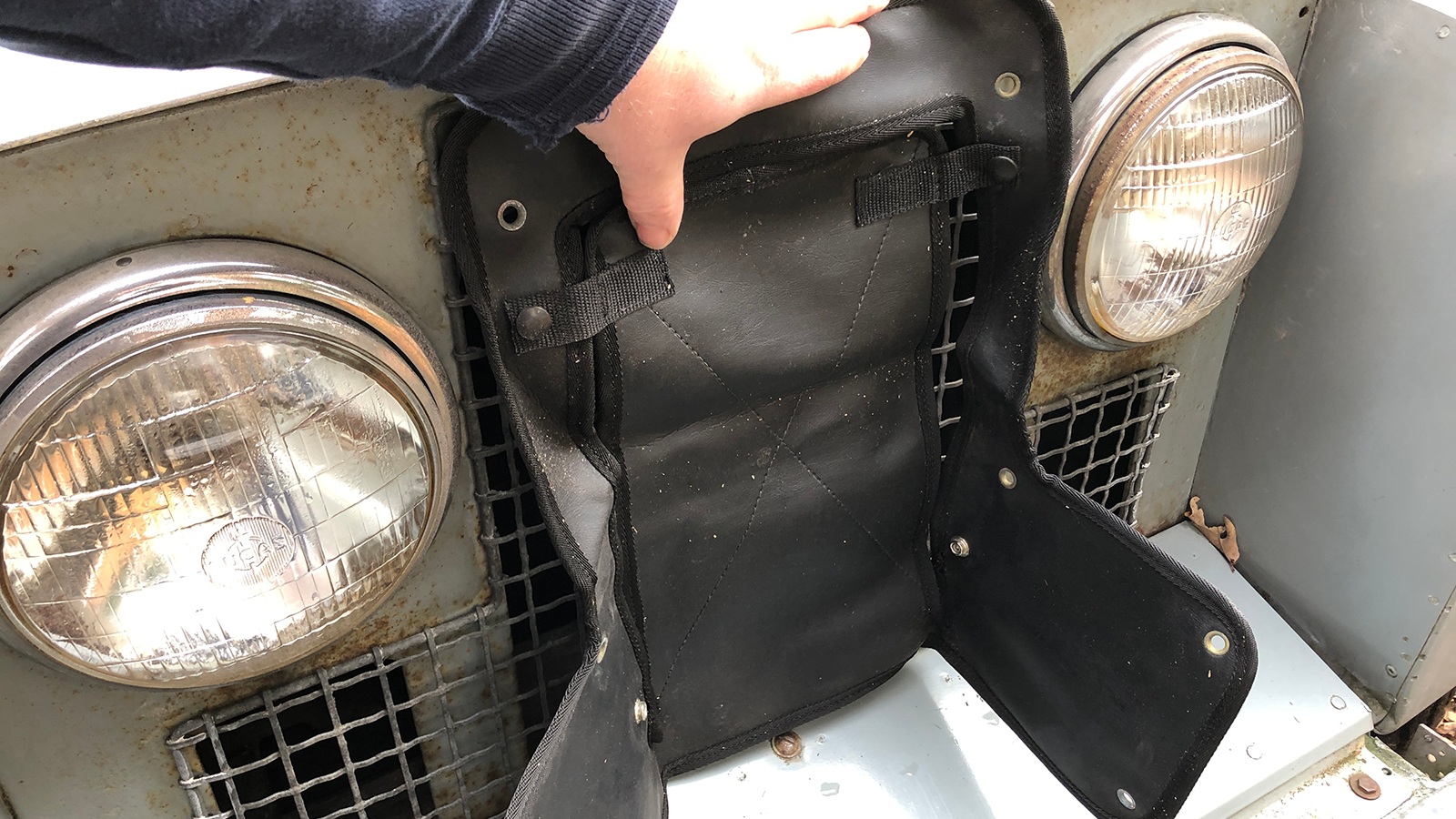 © Martin Port / Classic & Sports Car
© Martin Port / Classic & Sports Car -
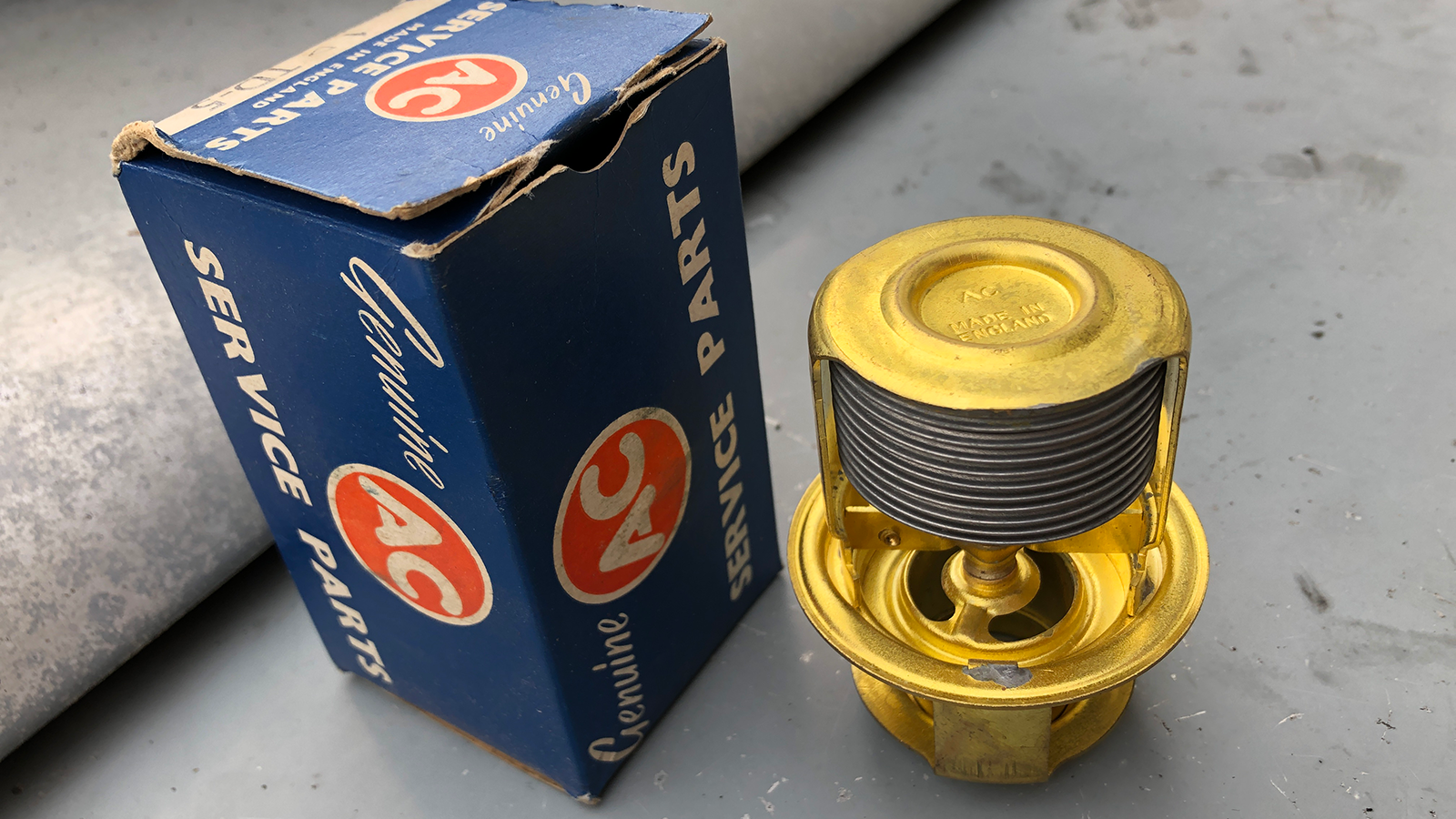 © Martin Port / Classic & Sports Car
© Martin Port / Classic & Sports Car -
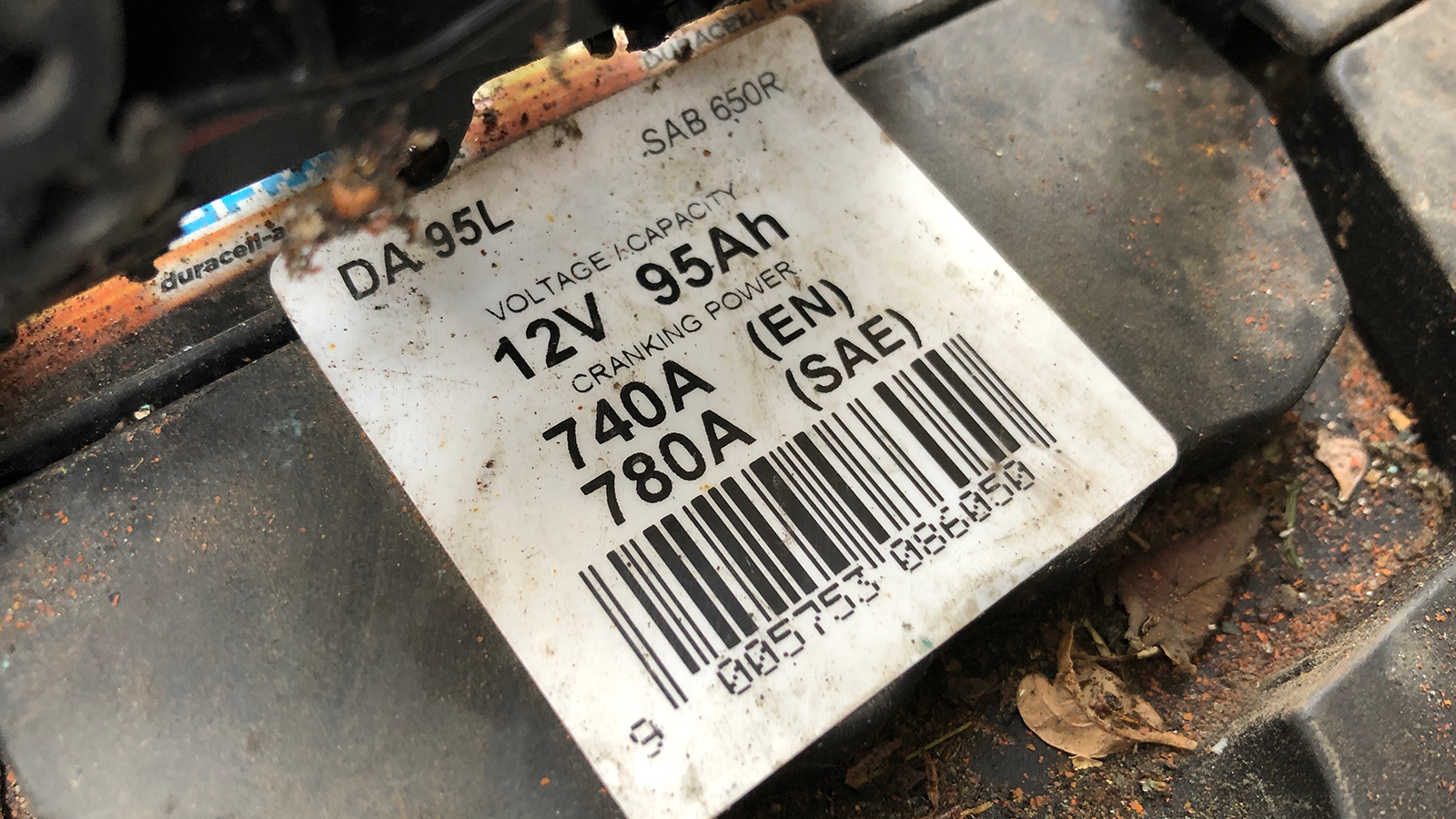 © Martin Port / Classic & Sports Car
© Martin Port / Classic & Sports Car -
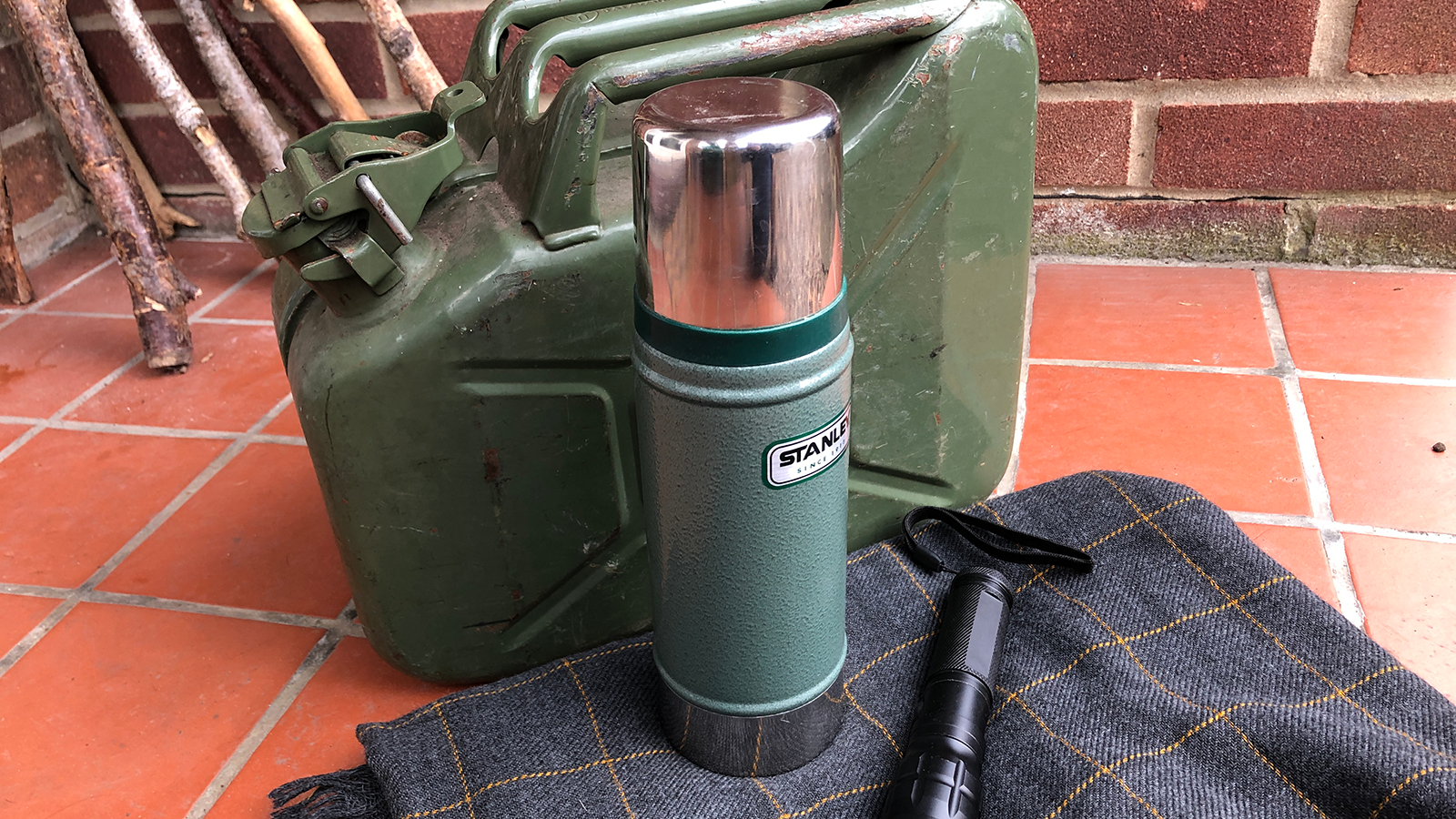 © Martin Port / Classic & Sports Car
© Martin Port / Classic & Sports Car -
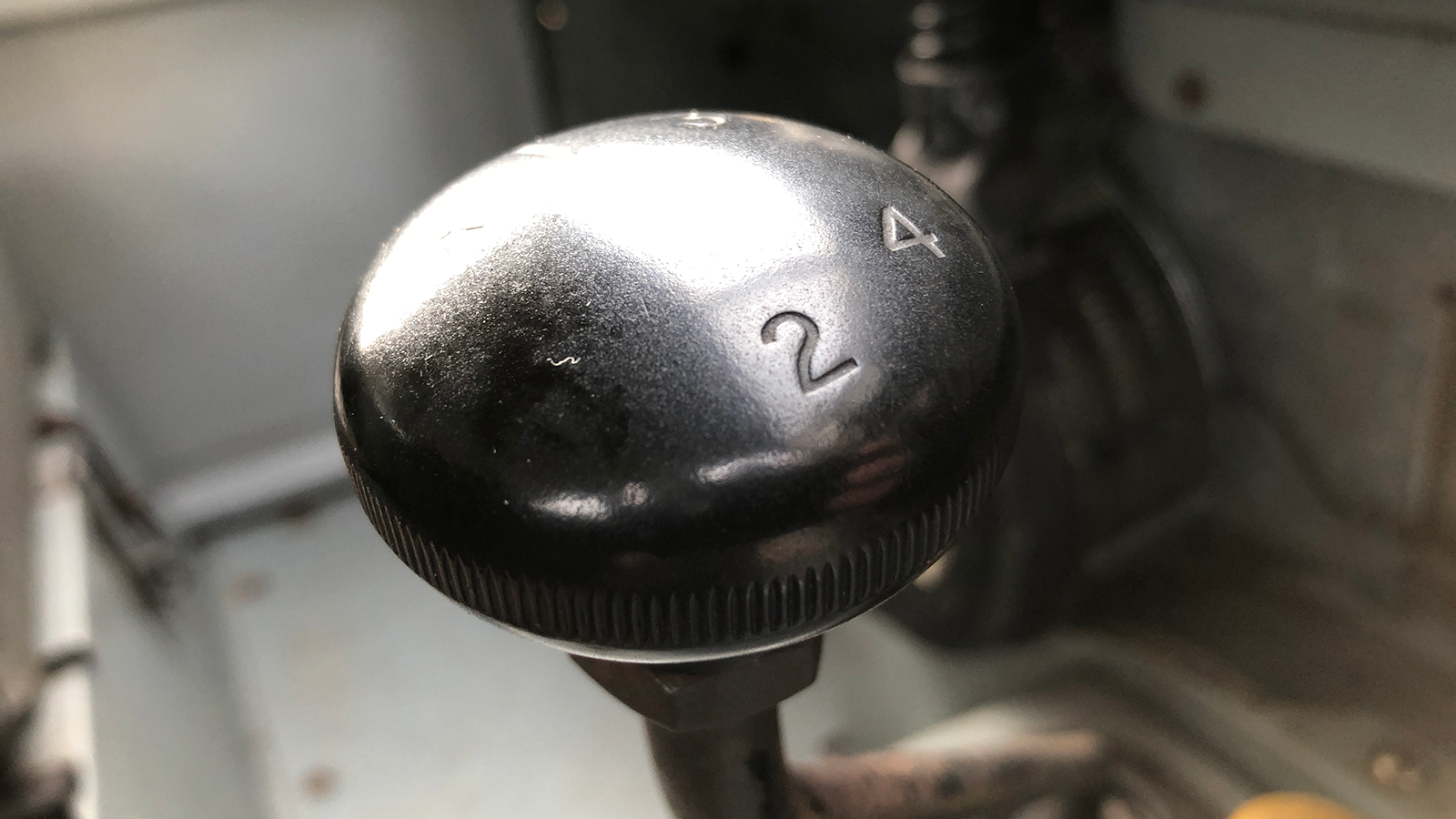 © Martin Port / Classic & Sports Car
© Martin Port / Classic & Sports Car
-
Top tips to avoid getting stranded
Winter always seems to take the UK by surprise; while other countries shrug off 3ft of snow, we tend to struggle with a bit of drizzle.
It’s a particular issue for classic car owners, partly because older models may lack some of the safety features found in modern cars and partly because they may have more sensitive mechanicals.
But fortunately, it needn’t be a problem – with a little preparation you can handle anything Mother Nature throws your way.
Here are our top tips to avoid your pride and joy becoming stranded this winter.
-
1. Check your anti-freeze
One of the most important things to check on your classic is the coolant or anti-freeze level and dilution.
In summer it raises the boiling point of the fluid, but in winter it lowers the point at which the contents of your cooling and heating system freezes. This severely reduces the chance of experiencing a cracked radiator or engine block when temperatures plummet.
You can test the specific concentration of your anti-freeze by using a tester – commonly available for around £15 – but if in doubt, drain, flush and refill the system using the correct dilution specification for your conditions.
-
2. Inspect your tyres
Sounds obvious, yet a tyre with a questionable level of tread, or rubber that is in poor condition, isn’t going to help in icy or snowy conditions.
Arguably, tread won’t make a massive difference when you hit black ice – that’s more about driving reaction and braking ability – but if you find yourself out and about when the first snow falls, a good tread level could prevent you from getting stuck – particularly if you’ve fitted some sort of winter tyre.
Crucially, however, the key is to go easy on the throttle. Pulling away in second gear could even be your friend in slippery conditions – it increases the traction and reduces the possibility of the wheels spinning.
-
3. Clean your ’screen
It’s a legal requirement that your vision is unobstructed when driving, so make sure all glass is clear of ice before setting off.
Once on the move, it’s important that your wipers are as effective as possible at keeping the windscreen clear – so check the condition of your blades regularly.
Wiper rubbers can deteriorate rapidly in freezing conditions, particularly when dragged across an icy windscreen, so replace as necessary and make sure that the washer fluid is of the correct dilution; this will also help prevent washer nozzles from icing up.
-
4. Watch out for fog
In classics without heated front windscreens, fogging up can take a while to clear. Making sure your vents and blowers are working properly will help, but the simple act of giving the inside of your ’screen a proper clean will also reduce fogging, as there is less dirt to attract the moisture.
If your system is less than perfect, then you may consider using a product such as Rain-X Anti-Fog – which, if applied properly, can be a real help.
-
5. Check your heater core
As well compromising the effectiveness of your heating system, heater-core leaks can also promote fogging of ’screens if pinholes allow coolant to be distributed around the blower/vent system.
Keep an eye out for small puddles of fluid around the heater and replace the core if necessary.
Most classics have an off-the-shelf replacement available as well as potential upgrades, with larger cores capable of putting out more heat. Alternatively, take it to a specialist to be fixed if the unit is rare.
-
6. Keep the radiator cosy
If you do shorter journeys and the cooling/heating system struggles to warm up, fitting a radiator blind or muff can help speed things up by restricting the flow of cold air to the radiator.
These are still available for some models and usually include an adjustable system to allow you to vary the flow to suit your requirements.
If you don’t fancy buying something, though, the time-honoured method of cutting a piece of cardboard to suit and slotting it in front of the radiator will do exactly the same – just make sure you don’t obstruct the airflow completely, or put the blind in the way of moving parts such as fan blades.
-
7. Fit a thermostat
A thermostat is designed to restrict coolant flow until the system reaches a specific operating temperature. At that point, the thermostat opens, allowing the full flow of coolant around the system and thus maintaining the aforementioned running temperature.
It is still fairly common to find systems where the thermostat has been removed, but this can potentially cause damage as the engine is effectively being over-cooled. Importantly, though, it will also mean that your heating system is operating under-par – so it’s definitely worth fitting one.
-
8. Look after your battery
Cold starts can be a real killer for classics and if your battery isn’t up to the job, you could soon find yourself stranded. The power needed to crank over your engine in freezing conditions and first thing in the morning is greater than normal, so make sure that your battery is in excellent condition.
If you do a lot of short journeys, miles covered with lights, heater blower and wipers on in poor weather could soon mean your charging system is struggling to cope and result in the battery being compromised next time you start the car.
Give the vehicle the occasional longer blast out in order to charge things up again, or consider investing in a battery conditioner that you can plug in to trickle-charge the system when not in use. If problems persist, consider buying a new battery with a higher cold-start amperage.
-
9. Prepare your winter kit
In a country such as the UK, where cold weather seems to take us by surprise, it’s easy to find yourself caught out by changing conditions. It may seem over-cautious, but when the forecasters get it wrong and you’re suddenly stuck on the motorway for seven hours thanks to a white-out, being able to keep warm and stave off the hunger pangs can lift the spirits as well as be a potential life-saver.
A blanket will keep you cozy, a few snacks with a long shelf life can be popped in the boot and forgotten about until called for and a small can of fuel will potentially prevent you from being stranded after you’ve had to keep the car running to take advantage of the heating system.
High-viz vests and a torch make sense, as does some liquid – water at the minimum, but there’s nothing like a flask of hot tea if you’ve set out on a long journey.
-
10. Deal with skids
Many of us will have experienced changing road conditions in winter – including suddenly hitting an icy patch. The majority of modern vehicles will be equipped to deal with this thanks to technology, but with a classic, it’s usually down to the driver.
Caution is key: try to read the road ahead, leave extra braking distance and if you think that the conditions are icy, avoid stamping on the brakes as this will just send you straight into a skid. Instead, apply the brakes gently, occasionally releasing and reapplying in order to maintain traction.
Use a low gear on downhill roads and, as mentioned before, pull away in second gear if needs be. If you do find yourself stuck in snow and it is safe to attempt your own recovery, use an old blanket or sack tucked under the edge of the driven wheels for grip.
